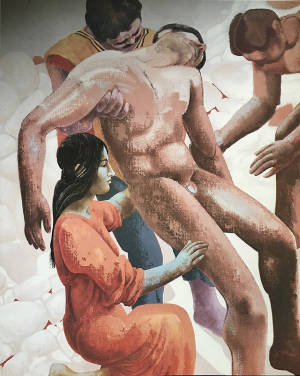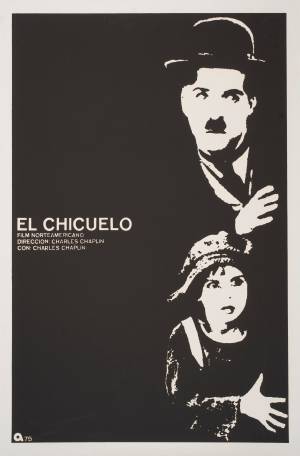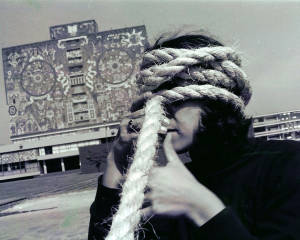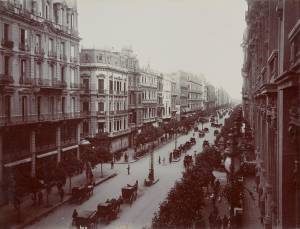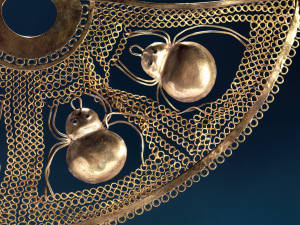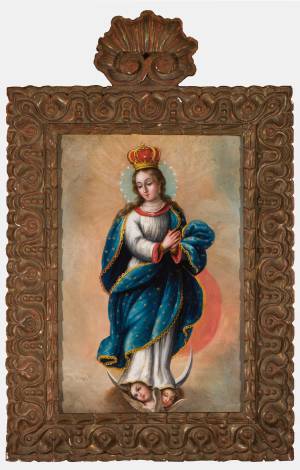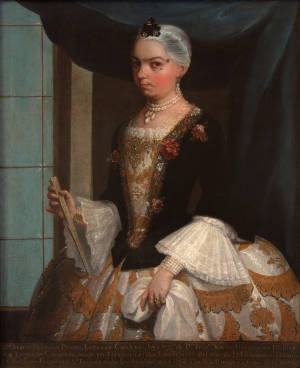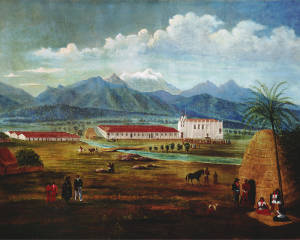This exhibit seeks new understandings of Latin American nature through connections between art, science, and the environment from the voyages of Columbus to the publications of Charles Darwin.
Visual Voyages: Images of Latin American Nature from Columbus to Darwin surveys the connections among art, science, and the environment in Latin America, from the voyages of Columbus to the publications of Charles Darwin in the mid-19th century. The exhibition will introduce audiences to new understandings of Latin American nature from a range of cultural perspectives: as a wondrous earthly paradise; as a new source of profitable commodities such as chocolate, tobacco, and cochineal; as a landscape of good and evil, as viewed through the filter of religion; as the site for an Enlightenment project of collecting and classifying; and, in the 19th century, as the reflection of a national spirit. Visual Voyages features approximately 100 objects that are drawn from the Huntington’s library, art, and botanical holdings, as well as from dozens of international collections, in a range of media including paintings, rare books, illustrated manuscripts, prints, and drawings. Importantly, the exhibition and its catalogue will bring together indigenous and European depictions of Latin American nature and offer a strongly documented case for Latin America’s own active participation in the production of excellent and influential scientific and artistic works during the early modern period.
This exhibit seeks new understandings of Latin American nature through connections between art, science, and the environment from the voyages of Columbus to the publications of Charles Darwin.
Visual Voyages: Images of Latin American Nature from Columbus to Darwin surveys the connections among art, science, and the environment in Latin America, from the voyages of Columbus to the publications of Charles Darwin in the mid-19th century. The exhibition will introduce audiences to new understandings of Latin American nature from a range of cultural perspectives: as a wondrous earthly paradise; as a new source of profitable commodities such as chocolate, tobacco, and cochineal; as a landscape of good and evil, as viewed through the filter of religion; as the site for an Enlightenment project of collecting and classifying; and, in the 19th century, as the reflection of a national spirit. Visual Voyages features approximately 100 objects that are drawn from the Huntington’s library, art, and botanical holdings, as well as from dozens of international collections, in a range of media including paintings, rare books, illustrated manuscripts, prints, and drawings. Importantly, the exhibition and its catalogue will bring together indigenous and European depictions of Latin American nature and offer a strongly documented case for Latin America’s own active participation in the production of excellent and influential scientific and artistic works during the early modern period.
Show More...


